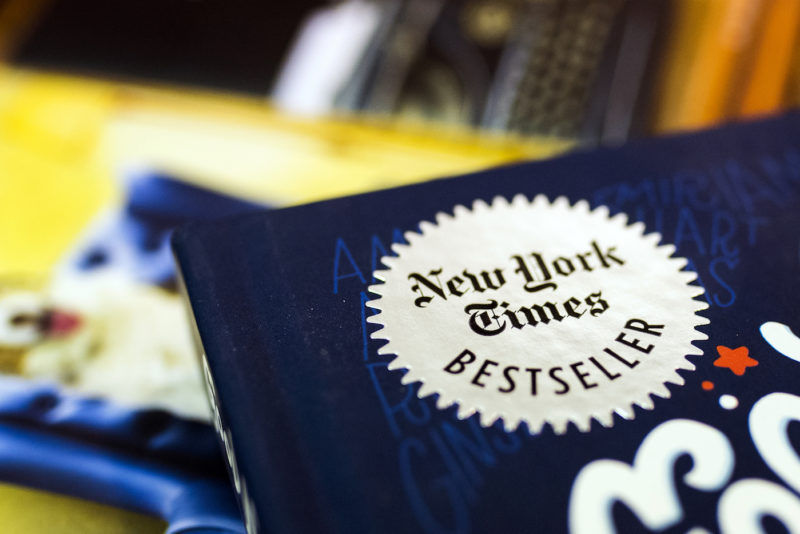POV: You’re browsing the shelves of your favorite bookstore. As you’re perusing the shelves (and resisting the urge to indulge your tsundoku tendencies), you begin to notice a pattern – the phrase “#1 New York Times best-seller” is visible on the covers of just about every book you see.
What is up with that? Why does it feel like every book you see is a New York Times best-seller? What does it mean to be a New York Times best-seller, and how do books even make it onto this famous list?
The New York Times best-seller list has been around as early as October 1931. At the time, it was a short list containing a rundown of the five top-selling fiction books and four non-fiction books in New York City. By 1950, the list had expanded its reach, curating a list of the most popular books in the country. Now, The New York Times best-seller list is considered to be the most popular list.

The New York Times best-seller list is not the only list in existence – there’s also Publishers Weekly, USA Today, Indiebound, Amazon’s two lists: Amazon Charts and Amazon Best Sellers, and many others. Of course, having one’s book land a spot on any of these lists is quite the honor for most authors, but making it to The New York Times best-seller list is considered a prestige, since it’s the most famous list.
If you’re an author and one of your books appears on The New York Times best-seller list, even if it’s just for like a week, you get the privilege to call yourself a New York Times best-selling author, which is kind of a big deal since the list is very popular.
So how do books end up on best-seller lists? According to Vox, if you want your book to be on any best-seller list, you should be able to sell at least 5,000 or 10,000 books within a week. But that’s just a general tip, since best-seller lists don’t use the same methods for gathering data. So if your book appears on one best-seller list, that doesn’t necessarily mean it will also appear on other lists.
As for how books make it to The New York Times best-seller list, the team in charge of the list is known to be a bit secretive when it comes to their criteria for how they pick the books. But on the publisher’s Times Insider series, they shared a quick rundown of how they put the list together.
The New York Times best-seller list is updated weekly, published online every Wednesday at 7PM Eastern Time. The Best-Seller Lists team is made up of three people, and with help from an information technology team, they curate the list based on sales data collected from various bookstores across the U.S.
In addition to curating the list based on collected sales data, the Best-Sellers team is also responsible for writing the descriptions for new titles, which they base on write-ups either from book jackets or the publisher’s websites. Since the list is published weekly, they operate on a tight deadline, so they are ranking and writing descriptions for the books without having read them first. They finalize the rankings based on sales data as well as reports and details provided by bookstores.
There are plenty of best-seller lists out there, but The New York Times best-seller list is considered the most prestigious one. So once an author can claim the title “New York Times best-selling author,” you can bet that they’ll probably hold onto it, and that’s why most books you’ll see on the display shelves will have “A New York Times best-seller” or “By New York Times best-selling author” on the covers.
Other POP! stories you might like:
5 books by contemporary Filipino authors to consider gifting this Christmas
Solangelo is invading Tartarus in Riordan’s next Camp Half-Blood book
5 Children’s books that can help kids (+ you) learn more about Martial Law
BookTalk: TikTok creators’ most recommended books that are worthy of the hype
BookTok: How TikTok has become a platform for driving the book industry


